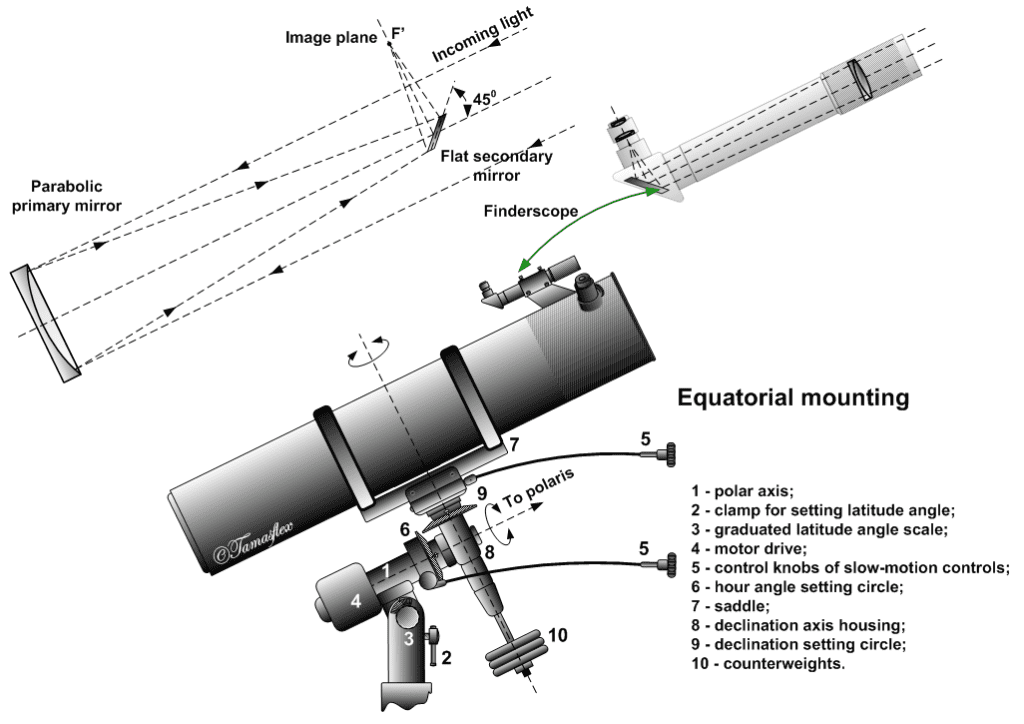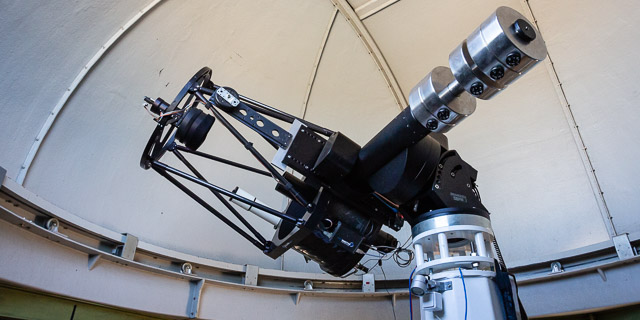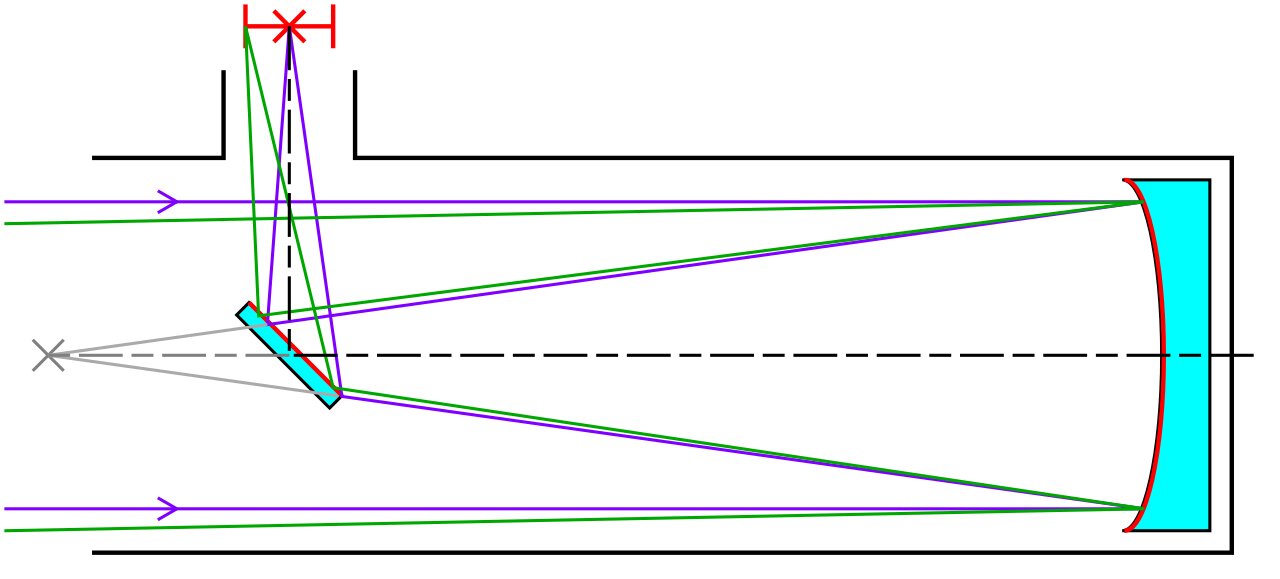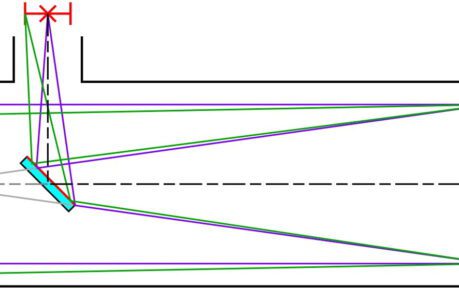Telescopes have always been a fascinating tool for astronomers, stargazers, and anyone interested in the wonders of the universe. Newtonian Reflectors, in particular, have a special place in the world of telescopes. This type of telescope, named after Sir Isaac Newton, is one of the simplest and most affordable telescopes available on the market today.
The Newtonian Reflector telescope is essentially a long tube with a mirror at one end and an eyepiece at the other. The light from the stars or other celestial objects enters the tube and is reflected off the primary mirror and onto the secondary mirror. From there, the light is directed to the eyepiece, where the user can observe the image.

The main advantage of the Newtonian Reflector telescope is its cost. It is much more affordable than other types of telescopes, such as the Schmidt-Cassegrain and the Refractor telescopes. Additionally, the Newtonian Reflector is much easier to maintain, as it has fewer moving parts and is less prone to damage.
The Newtonian Reflector is also highly versatile. It can be used for observing a wide range of celestial objects, including the moon, planets, stars, and even distant galaxies. The only limitation is its size. The larger the telescope, the more light it can gather, and the clearer the image will be.
When choosing a Newtonian Reflector telescope, it is important to consider the aperture, which is the size of the primary mirror. The larger the aperture, the more light the telescope can gather, and the clearer the image will be. It is also important to consider the focal length, which is the distance from the mirror to the eyepiece. The longer the focal length, the higher the magnification will be.
In conclusion, the Newtonian Reflector is a fantastic choice for anyone who is interested in astronomy and wants to observe the night sky. It is affordable, easy to maintain, and highly versatile. Whether you are a beginner or an experienced stargazer, the Newtonian Reflect

Why are newtonian reflectors good telescopes
Newtonian Reflectors are considered to be good telescopes for several reasons:
- Affordability: Newtonian Reflectors are one of the most affordable telescopes available on the market, making it a great option for those who are just starting out or on a budget.
- Easy Maintenance: With fewer moving parts, the Newtonian Reflector is much easier to maintain than other types of telescopes. This makes it an ideal choice for those who want to avoid complicated and time-consuming maintenance.
- Versatility: The Newtonian Reflector can be used to observe a wide range of celestial objects, from the moon and planets to stars and distant galaxies. This makes it a great option for those who want to explore the night sky and observe the many wonders of the universe.
- Large Aperture: The Newtonian Reflector’s large aperture allows it to gather more light, which results in clearer images and better observation of faint objects.
- High Magnification: The longer focal length of the Newtonian Reflector means it can achieve high magnifications, making it great for observing smaller objects in greater detail.
Overall, the Newtonian Reflector is a reliable and effective telescope that is perfect for beginners, experienced stargazers, and anyone who wants to explore the night sky. Its combination of affordability, ease of use, and versatility makes it a great option for anyone who is interested in astronomy.
How do Nwetonian reflectors work
Newtonian Reflectors work by using mirrors to reflect light from celestial objects into the eyepiece. Here’s a step-by-step explanation of how it works:
- Light enters the telescope: Light from celestial objects enters the long tube of the Newtonian Reflector.
- Reflection off the primary mirror: The light then reflects off the primary mirror, which is located at one end of the tube.
- Reflection off the secondary mirror: The light is then reflected off the secondary mirror, which is positioned near the other end of the tube.
- Light directed to the eyepiece: The secondary mirror directs the light to the eyepiece, where the user can observe the image.
The main advantage of the Newtonian Reflector is that it uses mirrors to reflect light, which makes it much more affordable than other types of telescopes that use lenses. The primary and secondary mirrors are precisely curved and coated to maximise the amount of light that is reflected and directed to the eyepiece.

The aperture of the Newtonian Reflector, which is the size of the primary mirror, determines the amount of light that the telescope can gather. The larger the aperture, the more light the telescope can gather, and the clearer the image will be.
The focal length of the Newtonian Reflector, which is the distance from the mirror to the eyepiece, determines the magnification of the image. The longer the focal length, the higher the magnification will be.
In summary, the Newtonian Reflector works by reflecting light from celestial objects into the eyepiece, allowing the user to observe the image. The use of mirrors instead of lenses makes it more affordable and easier to maintain, while the aperture and focal length determine the amount of light that can be gathered and the magnification of the image.

